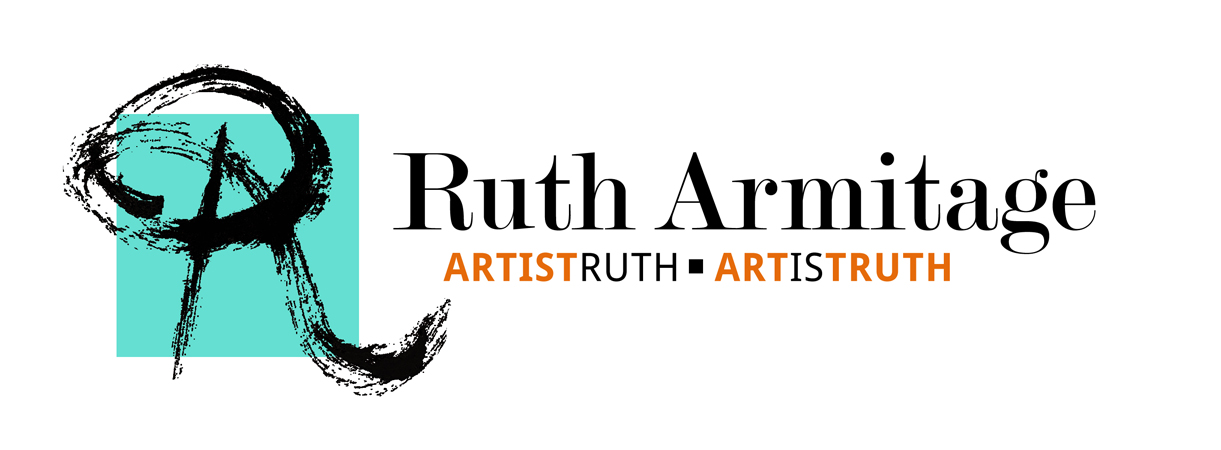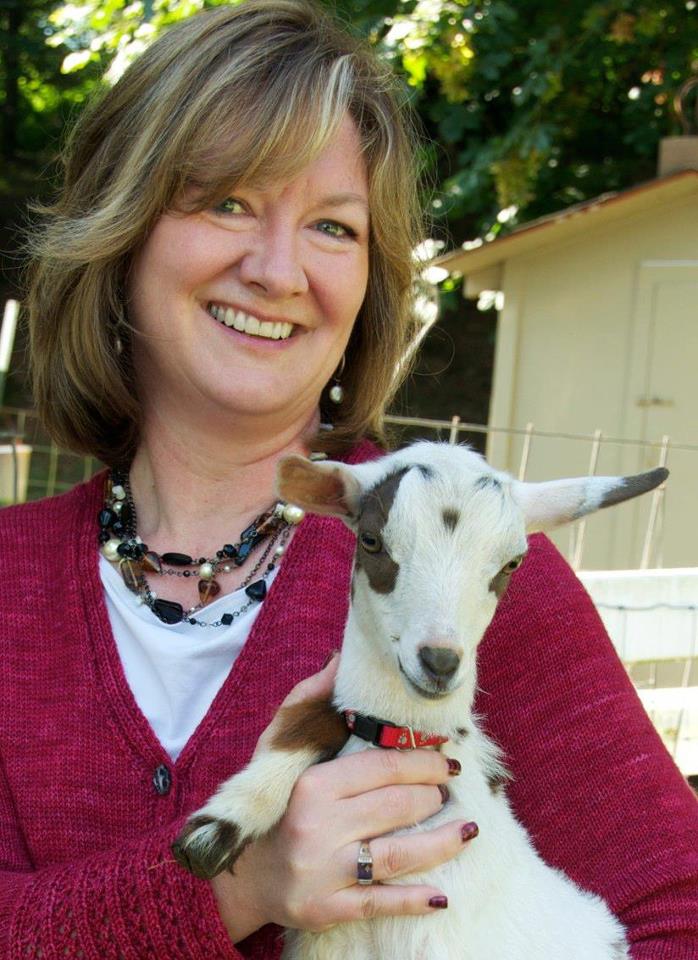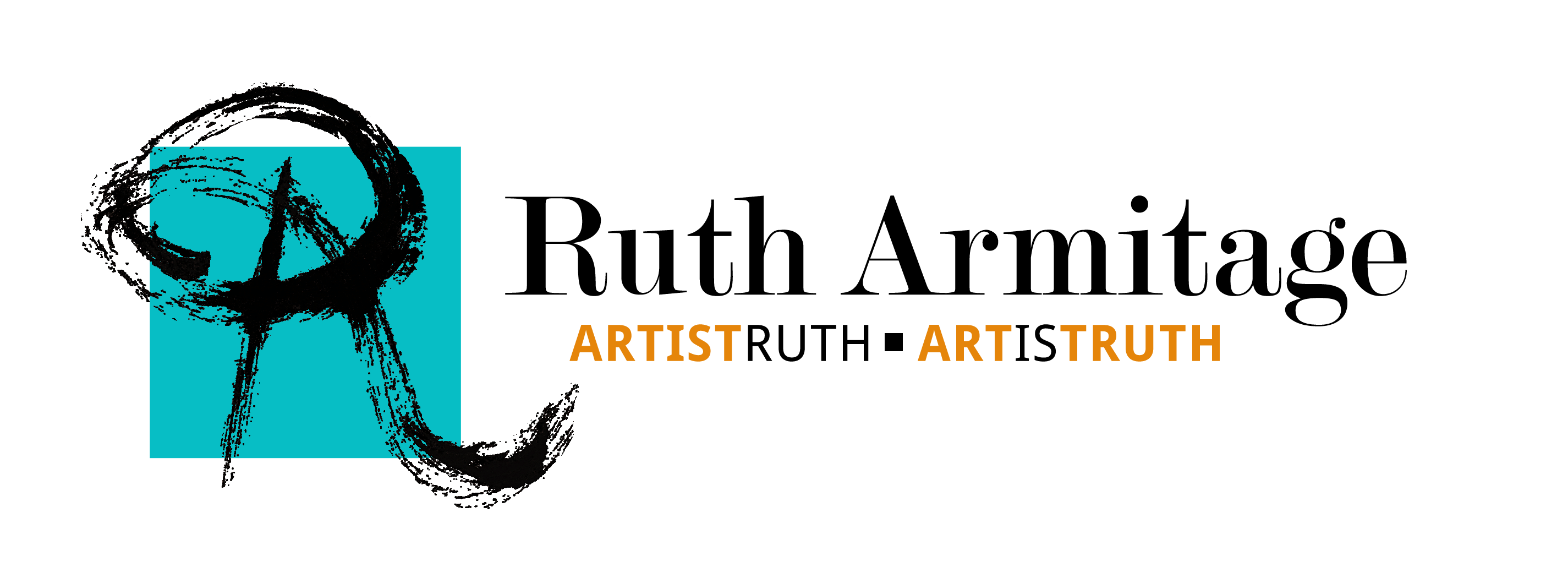There is a strange transformation that occurs in the artist’s brain as we near the finish line of making a painting and begin the process of evaluating it. Evaluating one’s own work is an important part of the creation process and can really help improve the direction of our work. I love reading other artists’ blogs and this quote from Amanda Blake’s blog really sums up the feeling that happens when we know it’s working:
“Often the most difficult part of painting is knowing when to stop but then there’s also the moment when it all suddenly comes together and you know one brush stroke more would be too much…”
But what happens when you finish a painting, or come to a stopping place, and you don’t get that feeling? We’ve all felt that frustration, but how many of us use it to get to the next level in our painting? It is supremely important that we listen to our own intuition about our paintings. We are probably hardest on ourselves, and yet we often defer to others’ opinions of our work.
- What are the strengths? (this is often the most difficult question! It is hard to praise yourself, but it can be a great thing to lead to the next painting or find which emphasis you want)
- What jumps out at me? Why? Was that my intent?
- Does it feel like my original idea/emotion? Why or why not?
- Is there dominance of one design element?
- Is it consistent with my best work?
- Does my eye move around the painting in an interesting pattern?
- Do I utilize the principles of design? Balance, repetition, gradation, harmony, dominance, contrast & unity?
- Does my use of the elements of design enhance the feeling of the painting? Could they be emphasized or de-emphasized to greater effect? I have personal favorites that I like to emphasize… did I continue this theme? (I really like to emphasize color and shape over line, texture or space. Leaning on these elements of design starts to help define my ‘style’.)
- Is the paint quality/ texture consistent?
- Is the concept creative or imaginative?
Looking at the work of masters can really help you identify what you want to emulate. Not that you should try to paint like Milton Avery, but you can use his idea of flattened shapes in your own way, perhaps in combination with your own color aesthetic or line treatment.
When I have to answer in a negative way to these questions I look at it as a possible way to change the painting or try a new one. As Donna Zagotta pointed out in a recent blog post:
“It’s not necessarily true that if you paint a lot you will automatically get better. I know this sounds blasphemous to those who believe that if we go into the studio and “just do it”, everything will magically fall into place. I’ve both experienced and observed the results of that approach time and again with the same disappointing results. The fact is, if you’re heading in the wrong direction and you go into the studio and “just do it”, you’re going to get better and better at doing it wrong!”
I think that many new artists believe that most paintings should work out. In reality, a good portion of the paintings that I begin never make the cut. I am not alone in this… see Casey Klahn’s post on Editing your own work.
I’ve added a new class offering to the Workshop page, and registration has begun for Creative Arts Community’s summer Art Camp for adults. I notice that some of the classes are already full, so if you’re thinking of signing up, get right on it!
I’d love to hear your thoughts on critiquing your own work. Click on the ‘More’ button to leave me a comment!




Oh I love this! Having no formal art education myself, this really interests me. I need to pay more attention in the studio. Thanks for sharing Ruth!
Sending you hugs,
?Jenny
I love the new painting. Mom
Thanks Mom! It’s not very new…. but I still like it 🙂
Thanks Jenny! I hoped it would be helpful 🙂
I have the problem of everything is just wonderful right after I put down the brush. I know better now to let the painting just sit on the shelf/easel for a week or so; time seems to sus out the most glaring flaws. If it’s a drawing flaw then I know I started painting too soon. ( More often than not) I’ll keep a copy of your list close by while I’m in the planning stage and see if it keeps me a little bit more on my toes. Thanks Ruth!
Thanks Carrie. That is one that I use too: Letting it sit. Sometimes it takes me more than a week. I’ll have to add that one to the list!
Glad you saw that post – it is an evolving process. Especially now, for me, I am soon to go in the studio and ax lots of works. Arrrrghhhh!!! It helps to be aggressive.
An artist I look up to taught me to identify when some element gets to be precious. It may be a strength, but it can become the focus and ruin an otherwise good painting. I once wrote about “killing the precious thing,” which was my take on this process.
And, like you describe in your list, I wonder if I am actually seeing my work. When I lose sight of what I am doing, I can just paint details and the whole becomes muddled. Step back and look.
It does help to be agressive doesn’t it? I know what you mean about the ‘precious’ thing in a work. It is a fine line that can take over the whole. To be concerned with the image of the whole is difficult.
Hi Ruth! Great tips…will print out and post to the wall. Your work is beautiful – I love your colors! It was fun to see you, Judy and Jenny in the Portland photos. I look forward to seeing y’all in August. I bought a beautiful Jenny art piece…will now work on getting a Judy and a Ruth!
Thanks Melinda!
I’ve found another resource for critiquing your work. I love this video by Linda Baker! http://emptyeasel.com/2011/04/11/video-how-to-critique-your-own-art/
Ruth – I think we are always our own worst critic and that’s necessary. We see things in our work that we aren’t happy with and so we want to improve and continue to learn. When painting, I am always trying new techniques and pushing the envelope so I create many pieces that never see the light of day and remain relegated to my studio to learn from and expand upon. My painting these days is not often for commercial offering, so I am more free to experiment and make mistakes – I find it exhilarating. When painting for potential sale, I always have that unknown buyer on my shoulder as I work, whispering in my ear that they might not like that color or technique. Painting for enjoyment and learning is so much better. Thanks for sharing!
Thanks Sally. You are right… it’s good to be our own critic and learning & expanding from our experiments & mistakes is a great way to improve. I try to kick out that potential viewer or customer when I’m creating… the only one I want whispering in my ear at that time is me!
Casey Klahn’s new school color approach is worth the look. Thanks for pointing me in that direction.
Linda
You’re welcome Linda! I really enjoy his posts!